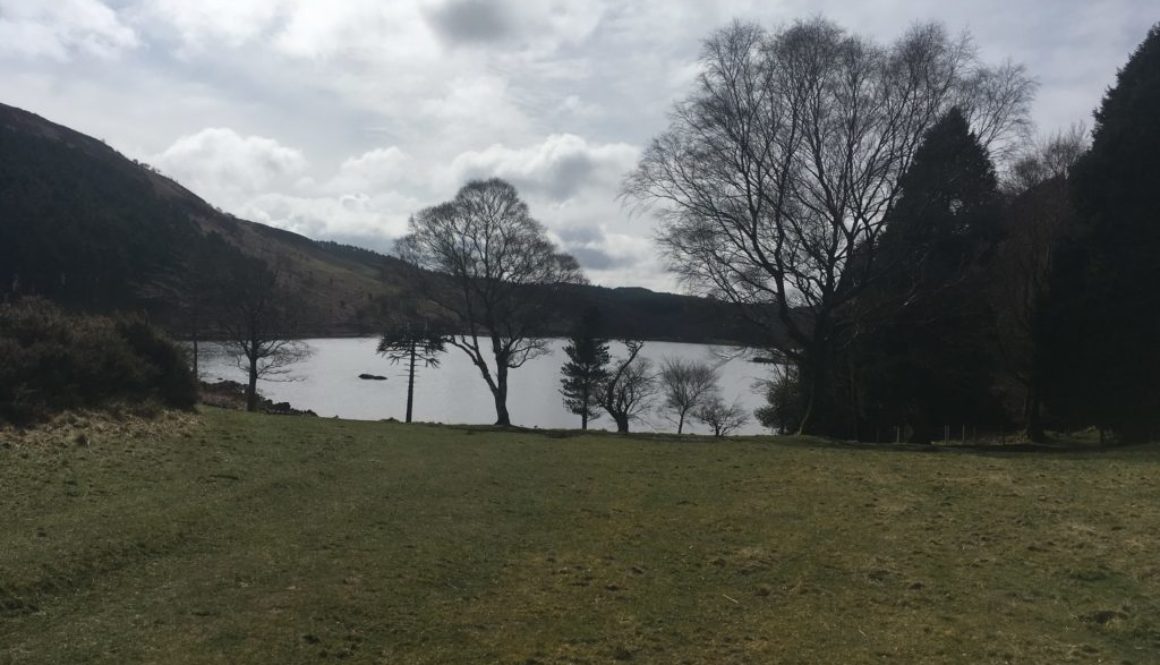Leave No Trace
There’s not many courses that you attend where one of the activities is to think of how many different words you can come up with for poo!
I recently attended a Leave No Trace course for the weekend at Trefriw on the edge of Snowdonia in north Wales. The Leave No Trace Centre for Outdoor Ethics defined seven core principles that identify best practice on how to use the great outdoors responsibly and in a sustainable manner and I was here learn more. The course enabled me to the status of a certified Leave No Trace trainer.
- Plan ahead and prepare
- Travel and camp on durable surfaces
- Dispose of waste properly
- Leave what you find
- Minimise campfire impacts
- Respect wildlife
- Be considerate of other visitors
Over the duration of the weekend, the course was run by knowledgeable and enthusiastic trainers from Life Trek Adventures, Heidi Schwenk and Seb Shingler and was designed to build on our understanding of minimising our impact on the environment.
I’ve been passionate about the environment for a long time now and have gladly noticed how perceptions have started to change over the years. Only 30 years ago, people who took an interest in the environment were often viewed as weird eco-warriers or some kind of tree-hugging hippy for wanting to protect the natural world. For those of us old enough, do you remember Swampy, who became ‘famous’ by taking direct action along with others for tunnelling and tying themselves to trees in the 90s.
But with TV programmes like the Blue Planet, there has been a significant shift in perception and people are starting to take a more considered approach on how they can reduce their impact. We have only got to see what effect this has had, and quite rightly so, on how we can reduce our plastic waste.
 So what did the course cover over the weekend? Well litter was one of the areas we discussed and one of our first activities was to identify how long it would take for certain items to degrade. We identified the timescales from organic matter, such as, apple cores and banana skins through to inert materials including plastics and glass. Can you believe certain items, such as, polystyrene can take over a million years to decompose? Makes you think doesn’t it? One of items we often see is apple cores, banana skins or orange peel discarded when out in the outdoors as there’s this perception of ‘it’s ok, it will biodegrade’! Not many people realise that it can take over two years for a banana skin to rot down and in that time, it’s classified as litter. What isn’t there naturally needs to be removed!
So what did the course cover over the weekend? Well litter was one of the areas we discussed and one of our first activities was to identify how long it would take for certain items to degrade. We identified the timescales from organic matter, such as, apple cores and banana skins through to inert materials including plastics and glass. Can you believe certain items, such as, polystyrene can take over a million years to decompose? Makes you think doesn’t it? One of items we often see is apple cores, banana skins or orange peel discarded when out in the outdoors as there’s this perception of ‘it’s ok, it will biodegrade’! Not many people realise that it can take over two years for a banana skin to rot down and in that time, it’s classified as litter. What isn’t there naturally needs to be removed!
So what about when we get caught short in the outdoors? In Leaving No Trace human waste needs to be buried or where that’s not possible, for example, near to water sources it needs to be carried out! Eugh! It’s a subject that’s perceived as embarrassing to talk about but it’s an important message to convey. On our trek to Everest Base Camp in Nepal last year, I occasionally had to jump behind a boulder or bush for a quick wee and it was horrifying to see the amount of toilet paper left behind on the trail. It’s a mess! There’s simple things that we can do to remedy this like carrying some emergency nappy bags in our rucksacks to dispose of toilet paper responsibly.
 Sunday, was spent walking up to Lyn Crafnant. We each had to deliver a session on one of the seven principles. After initially looking at how to minimise campfire impacts, where we explored how to set up a fire that left no trace on the ground, we stopped in various locations for my fellow participants to deliver their session.
Sunday, was spent walking up to Lyn Crafnant. We each had to deliver a session on one of the seven principles. After initially looking at how to minimise campfire impacts, where we explored how to set up a fire that left no trace on the ground, we stopped in various locations for my fellow participants to deliver their session.
We explored an old slate mine, with a huge cavernous entrance and had an interesting session discussing the industrial heritage of the area looking at how the landscape had changed over the years with the slate mining, farming and forestry and the impact this had on the community.
 Further along, we were encouraged to look at our surroundings from the canopy layer in the trees through to the layer on the ground by our feet. We were entertained looking for shapes, be it trees, leaves or other items that mirrored the lines on the palm of our hands. Ingenious!
Further along, we were encouraged to look at our surroundings from the canopy layer in the trees through to the layer on the ground by our feet. We were entertained looking for shapes, be it trees, leaves or other items that mirrored the lines on the palm of our hands. Ingenious!
As we reached the shore of Lyn Crafnant, the weather brightened up and it was delightfully warm in the sun. Surprisingly, a sea plane landed and took off on the lake, which kept us entertained. Not something you see every day!
 The next activity was thought provoking and again got us looking closer at our surroundings to reinforce the message of leave what you find. How many colours could we find from our natural surroundings and yet again poo featured when rabbit droppings were included on the pile! An interesting discussion ensued on how we could relate these natural colours to the names of paint (yes, paint!). And then this was followed by a visual and reflective exercise looking through a frame. We used this to provide a picture frame for the landscape or at close hand to observe features around in an abstract manner.
The next activity was thought provoking and again got us looking closer at our surroundings to reinforce the message of leave what you find. How many colours could we find from our natural surroundings and yet again poo featured when rabbit droppings were included on the pile! An interesting discussion ensued on how we could relate these natural colours to the names of paint (yes, paint!). And then this was followed by a visual and reflective exercise looking through a frame. We used this to provide a picture frame for the landscape or at close hand to observe features around in an abstract manner.
Wandering further on, it was my turn to present a session. I was covering durable surfaces. Not an easy topic to run a session on you would think. With a little creativity, the group identified what would make a good surface for camping and what would be unsuitable. It’s not always clear cut and interesting discussions took place on when it would be more of a judgment call.
Finally, with the seven principles all explored over the two days, the final exercise was reflective and we identified golden nuggets to take away from the weekend to implement into our own practice. It certainly was a fun, thought provoking weekend with the opportunity to explore our own practice and how we could minimise our impact further on our surroundings.



